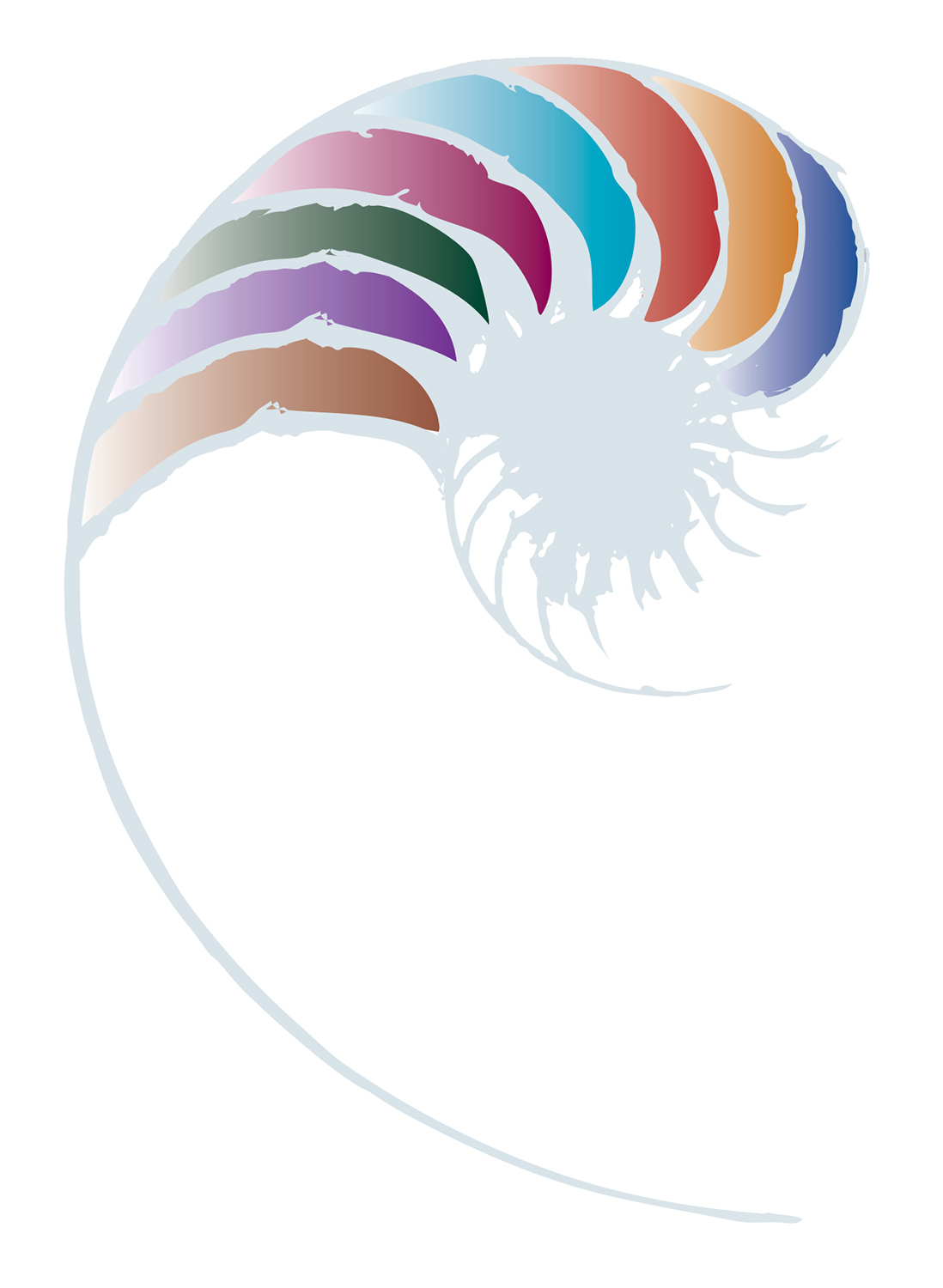Te hangarau matihiko me te reo ā-waha
Digital technologies and oral language
This resource helps kaiako to assess the value of different digital technologies to support children's oral language development. This is part of the Talking together, Te kōrerorero suite of resources. See the resource carousel below for more.

Many digital devices have functions that encourage children’s talk and interactions. However, it is kaiako, not the devices, who determine how well they will be used for this purpose.
Assessing the value of digital technologies for oral language learning starts by distinguishing between the devices and apps.
Some devices and apps invite tamariki to consume content – watch, listen, or play.
Others invite tamariki to create content – record their voice or author their own stories.
Using digital technologies, including augmentative and alternative communication (AAC) devices, can remove communication barriers and promote inclusive practice.
Choosing and using digital technologies for oral language development
- Choose devices and apps where tamariki create their own content, such as those for making audio stories and books. These offer greater opportunities for tamariki to actively use and practice language, including te reo Māori. Hearing and seeing their voice recorded increases confidence and a sense of agency to use language.
- Make good use of digital platforms that offer the opportunity for tamariki to hear, evaluate, and re-record their voice. This feature, built into most content creation apps, encourages experimentation and playfulness with language, which are so beneficial to increasing vocabulary.
- Encourage tamariki who are bilingual or multilingual to record their voice using both or all their languages. This will help to strengthen their sense of identity as well as their language competence.
- Share ebooks with tamariki in an interactive way, for example, tamariki taking turns and kaiako using descriptive language approaches, so the technology becomes an engaging way to promote conversations and peer interaction.
- Use fewer apps more often. Tamariki benefit from multiple opportunities to practise and build up skills. Once they are familiar with what’s possible, creativity and language will flourish.
- Think of digital devices like a paint brush - one of the many means available to tamariki to express their thoughts and ideas.
Story of practice: Whose feet are these?
After reading a blog on digital devices in early years settings, kaiako from an early learning service decided they needed to shift the way iPads were used by tamariki. Instead of using game apps made by others, kaiako made a point of working with tamariki to create their own. They began with an app that enabled voice recordings to be associated with the pictures tamariki took. These were then made into a digital book. And so, Whose feet are these? began – a guessing game that could be played through the LCD screen during group time. It encouraged lots of interaction.
Kaiako noticed tamariki confidence and motivation grew with the voice recording feature. Over repeated opportunities, making similar games, tamariki experimented with intonation, different languages, storytelling voices, and funny voices. Hearing themselves, evaluating, and re-recording became part of the fun. Voice recordings also helped kaiako with their assessment of language development.
In the video below, Professor Claire McLachlan shares her thoughts on digital technologies and oral language.
Digital technologies and oral language
Kua kite rānui koe?
About this resource
This section from Te kōrerorero Talking together provides guidance for kaiako about using digital technologies to promote and develop children's oral language. See the resource above carousel for more.
















